St. Joan of Arc Chapel
Introduction
Text-to-speech Audio
Images
St. Joan of Arc Chapel circa 2000
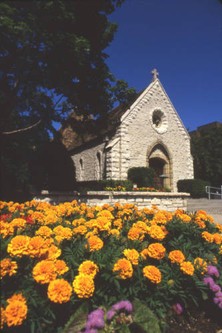
St. Joan of Arc Chapel on Long Island residence in 1963
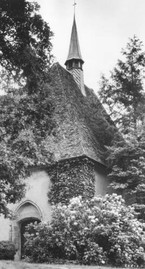
St. Joan of Arc during its reconstruction in 1966
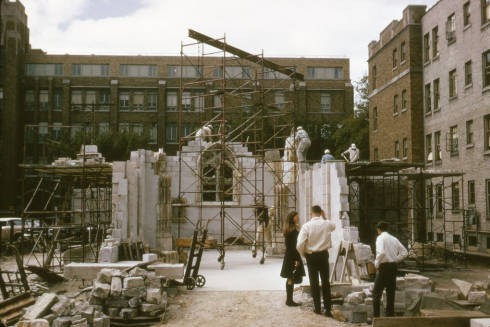
Interior view of St. Joan of Arc chapel in 1984
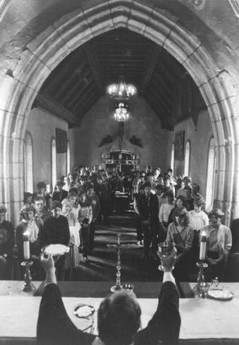
St. Joan of Arc chapel circa 2000
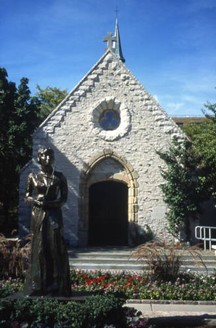

Backstory and Context
Text-to-speech Audio
The chapel was built during the fifteenth century in the French village of Chasse in the Rhone River Valley. After the First World War, Jacques Couëlle, a young French architect, was traveling through France and happened upon the ruins of the chapel. Couëlle, who became a leading authority on the restoration of ancient buildings, was so impressed that he decided to restore the chapel to its full glory. He made careful drawings of the building and numbered and measured the stones to make sure they were the perfect fit.
In 1927, the chapel was moved piecemeal to its new home in the United States where the St. Joan of Arc stone was incorporated into the chapel. In 1962, the estate the chapel belonged to passed to Mr. and Mrs. Marc B. Rotjman who donated the chapel to Marquette University. Disassembly began in June 1963 and took nine months. In November 1964 a fleet of trucks brought the chapel to Marquette. The reconstruction took began in 1965 and on May 26, 1966, the chapel was dedicated to Saint Joan of Arc.
To this day, the chapel continues to function as a Catholic church. Mass is celebrated Monday through Friday at noon and 10 p.m. Monday through Thursday when classes are in session. Private tours are given on Monday through Friday from 10 a.m. to 4 p.m. and Sunday from noon to 4 p.m. Inside the chapel, visitors can touch the St. Joan of Arc stone and sit down in the chair pews to gaze at the gothic architecture. They can also look at the tomb cover of the Chevalier de Sautereau, a knight from Chasse. The garden serves as a nice lunch area for students who want to enjoy the weather during the spring and fall. The St. Joan of Arc chapel is a great example of medieval architecture
